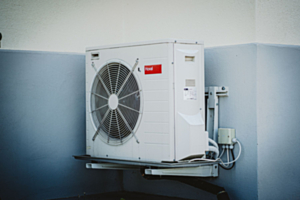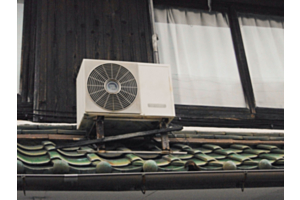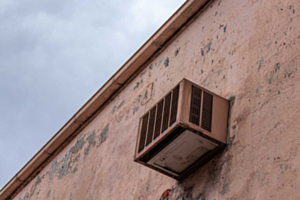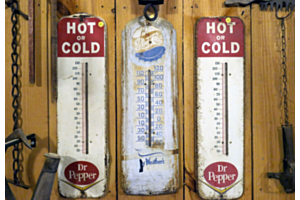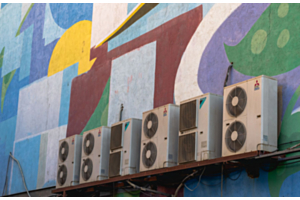The Role of Inverter Technology in Improving the Efficiency of Mini Splits

A ductless mini split is an investment, and while it should last longer than traditional HVAC units, you still must maintain it and treat it with care. Part of that involves embracing inverter technology.
What exactly is an inverter in a ductless mini split system, and how does it affect the system’s longevity? We’ll answer those questions ahead, so make sure you keep reading!
What Is a Mini Split Inverter, Anyway?
Let’s begin by discussing what an inverter is in a ductless mini split system and how it works.
An inverter is a style of compressor. Before we can explain what that means, let’s make sure you’re clear on what a compressor is.
All ductless mini split systems use a compressor, sometimes also called a condenser. The compressor is the outdoor unit that pressurizes coolant, transforming it from a gas into a liquid.
The coolant or refrigerant can then travel to the indoor unit, which releases warm or cool air depending on the mini split setting.
Now that you know that, we can discuss inverters. An inverter is one type of compressor; a rotary compressor is another.
Rotary compressors have two options: full power or no power because the compressor is turned off. By comparison, an inverter is far more nuanced.
An inverter uses power to reach your desired temperature, then eases off the power as it remains idle, maintaining the temperature you set. If you raise or lower the temperature, the inverter will use more power, then resume idle operations.
So how does an inverter work? It features a variable-frequency drive that allows the inverter to adjust electromotor speed. Doing so changes the rate of cooling or heating output.
Let’s say your ductless mini split system with an inverter compressor is rated for 10,000 BTUs. The true output range for the inverter is anywhere from 1,000 to 13,000 BTUs despite the mini split being rated for 10,000 BTUs.
The reason is that when you first turn the mini split onto cooling mode, the inverter will operate at 13,000 BTUs of output to cool the zone. Once the zone reaches the proper temperature, the inverter might operate closer to 10,000 BTUs or lower to maintain the cool temperature.
As the internal components of the inverter adjust and operate at different power levels, they make less noise. The mini split as a whole also uses less power.
Why Are Mini Split Inverters Important?
To recap, inverters run only when needed and then sit idle when they reach the preferred temperature. They’re designed to save energy, especially compared to rotary compressors, which run on full power regardless of temperature.
However, we’re not discussing energy efficiency this time, but mini split longevity.
It’s clear how an inverter preserves the life of the mini split system. The inverter rarely stays at full power, which means the component doesn’t strain itself like a rotary compressor would.
In staying idle, the inverter also lasts longer. We’ve discussed this on the blog before, but when you turn a mini split off, it takes a tremendous amount of power for it to begin running again.
It’s best to leave it idle, as the unit doesn’t need as much power to get back to full blast. That’s the same logic for the inverter.


